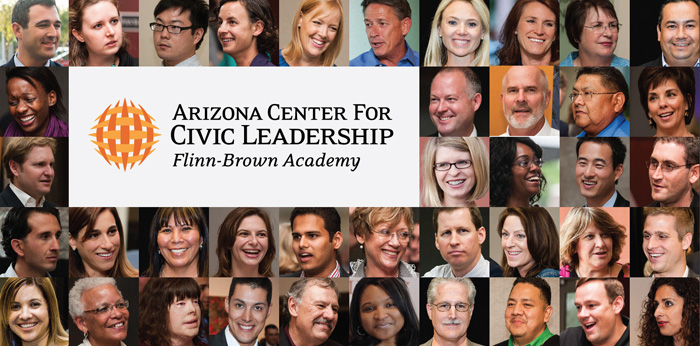Seeking Molecular Technologist for full time position with Pharmacogenomic processing experience
Continue reading
Category Archives: AZBio News
CRITICAL PATH INSTITUTE SECURES REGULATORY SUPPORT FOR SKELETAL MUSCLE SAFETY BIOMARKERS
FDA and EMA Letters of Support Suggest Valuable Research PotentialContinue reading
UA Vet Med Program Looks at Needs
By Gabrielle Fimbres, College of Agriculture and Life Sciences | April 8, 2015Continue reading
AMCG standards in genomic variations
News Brief for AZBio MembersContinue reading
TGen scientists find likely genetic source of muscle weakness in six previously undiagnosed children
Simple genetic test by TGen reveals likely causes of disease, after other extensive testing failed; one child’s case produces discoveryContinue reading
Ducey signs legislation to allow lab testing without a doctor’s order
By: Howard Fischer, Capitol Media Services April 7, 2015 , 6:00 am (Republished with permission.)
Arizonans who want to want to run their own lab tests will soon be able to do so without first visiting a doctor.
But your insurance company won’t pick up the tab.
Hoya Group Invests in SalutarisMD Wet AMD Therapy Technology
HOYA Group has closed financing in Salutaris Medical Devices (SalutarisMD®). SalutarisMD will use the funding to further its growth strategy in developing its patented medical device designed for minimally invasive therapy of wet age-related macular degeneration (wet AMD). Wet AMD is a leading cause of vision loss and blindness that primarily affects older adults.
Flagship Biosciences reaches milestone with “fit-for-purpose” digital pathology services
Flagship Biosciences’ completes its 400th study with tissue image analysis, and fit-for-purpose IHC and ISH assay development
Continue reading
Flinn Takes To The Road with 2014 Arizona Bioscience Roadmap Report
The Flinn Foundation hosted three Bioscience Roadmap luncheons on March 31st in Phoenix, on April 1st in Tucson, and on April 2nd in Flagstaff to highlight the growth of Arizona’s bioscience sector over the past year, with a special focus on progress in bioscience entrepreneurship and economic development.Continue reading
Flinn-Brown Civic Leadership Academy Applications Open Until April 13th

“The Flinn-Brown Leadership Academy is an opportunity to learn from the best program in the state about issues facing Arizona from water to prisons to education,” shared AZBio Chairman, Russ Yelton who is also CEO of Pinnacle Transplant Technologies. “This academy brings together those with diverse opinions, allows them to hear multiple sides and then work to reach a compromise in what actions are best for the overall population of our state. Although extremely competitive, the Flinn-Brown Leadership Academy gives everyone the opportunity to fully analyze issues and reach their own conclusions. As a graduate of this program, I can tell you firsthand that this is a life changing experience that every leader in Arizona should aspire to.”
